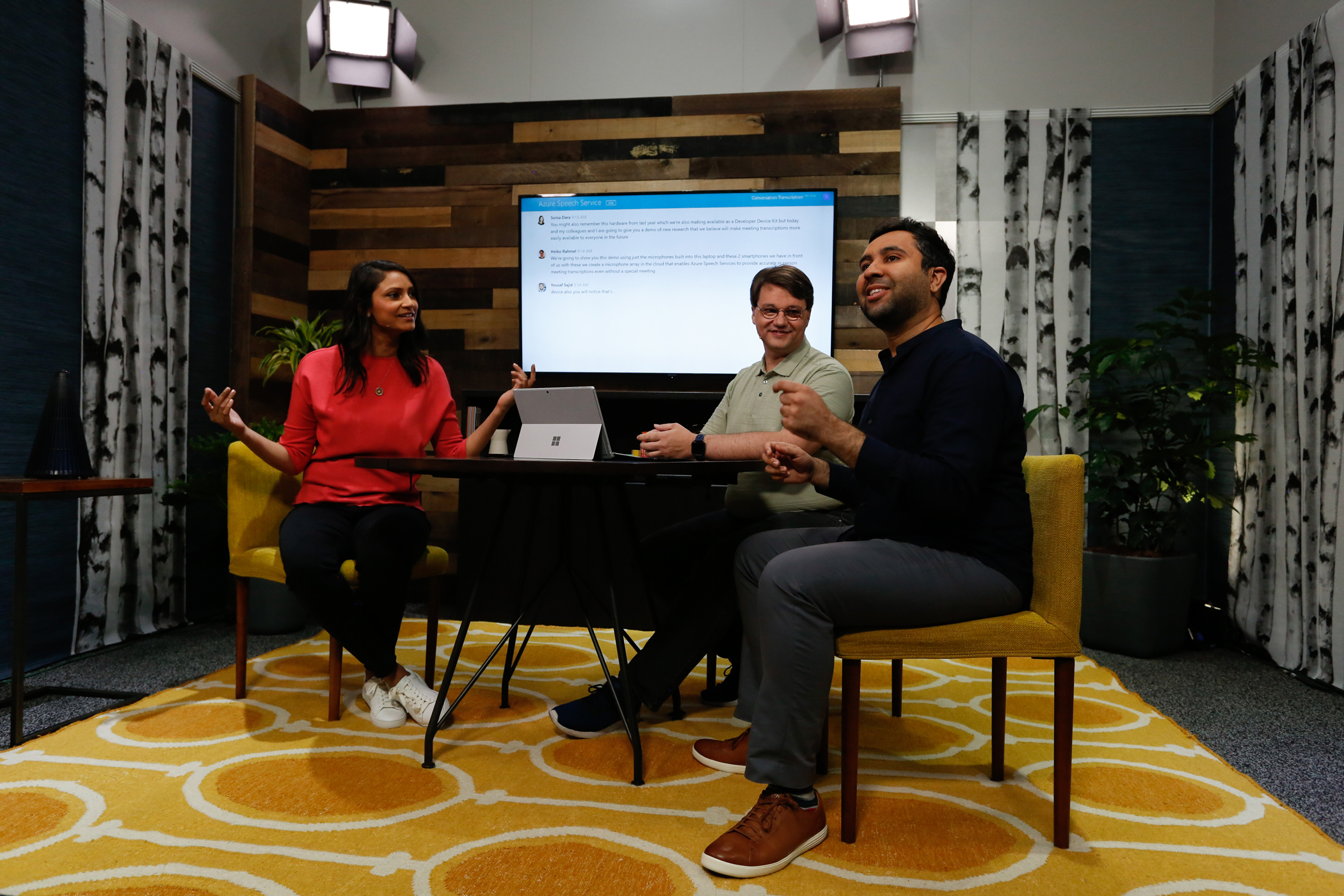For the first time in a half-decade, I watched a Microsoft Build keynote this morning. Time gives fresh perspective, looking at where the company was compared to where it is today. Listening to CEO Satya Nadella and other Softies, I repeatedly found myself reminded of Isaac Asimov’s three laws or Robotics and how they might realistically be applied in the 21st Century. The rules, whether wise or not, set to ensure that humans could safely interact with complex, thinking machines. In Asimov’s science fiction stories, the laws were core components of the automaton’s brain—baked in, so to speak, and thus inviolable. They were there by design; foundationally.
Behind all product design, there are principles. During the Steve Jobs era, simplicity was among Apple’s main design ethics. As today’s developer conference keynote reminds, Microsoft embraces something broader—design ethics that harken back to the company’s founding objectives and others that share similar purpose as the robotic laws. On the latter point, Nadella repeatedly spoke about “trust” and “collective responsibility”. These are fundamental principles of design, particularly as Artificial Intelligence usage expands and more corporate developers depend on cloud computing platforms like Azure.



